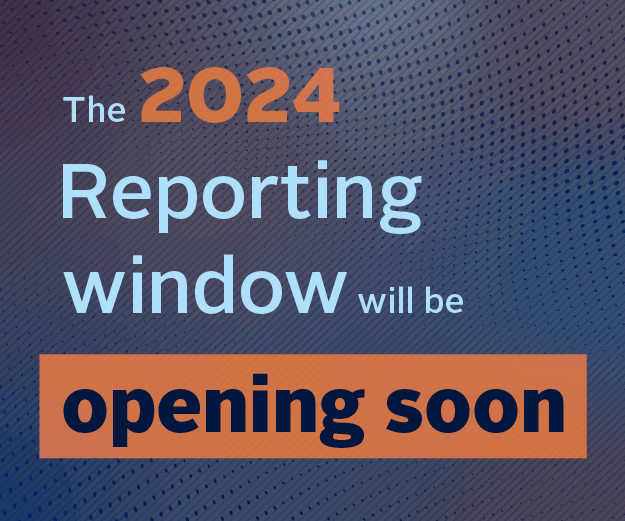Principle 2 states, ’We will be active owners and incorporate ESG issues into our ownership policies and practices’
Active ownership in the context of infrastructure refers to investor stewardship for both equity and debt investors. This is channelled through direct shareholder or lender engagement and board director appointments during the investment period. Some of the ways investors can implement Principle 2 are described below.
- Engagement strategy. Build, disclose and implement an organisation or fund-level engagement strategy on ESG issues. Use ESG assessments undertaken during due diligence to prioritise attention to ESG considerations and potential for improving profitability, efficiency and risk management.
- Post-acquisition plan. Include material ESG risks and opportunities identified during due diligence into the post-acquisition plan of each asset/project company and integrate this into asset management activities. This should include the management and remediation strategies for material risks.
- Using available avenues for influence. Engage with and encourage the management of the business to act on the identified ESG risks and opportunities using the mechanisms available. These may include board seats, voting rights, shareholder resolutions and dialogue with the lead sponsor and other investors.
- Communicating expectations. Define and communicate your expectations of ESG operations and maintenance performance to the infrastructure business managers. Refer to international standards and guidelines where relevant, such as the International Finance Corporation (IFC) Performance Standards and the Equator Principles.
- Asset-level policies. Ensure ESG factors identified as material during due diligence are explicitly woven into asset-level policies. This may involve updating policies or working with the company to develop new policies.
- Responsibility for sustainability and ESG management. Advocate a governance framework that clearly articulates who has responsibility for ESG and sustainability, the company board fs accountability and oversight of ESG considerations.
- Performance targets and incentives. Set performance targets for preserving or improving environmental and social impact, including regular reports to the board and investors. Explore whether ESG performance against Key Performance Indicators (KPIs) can be linked to company management financial incentives.
- Building asset or project company capacity on ESG. Where possible, make ESG information and expertise available to the asset or project company to help it develop capacity and management skills in this area.
Engagement as an infrastructure debt investor
Due to the illiquid nature of many private infrastructure debt investments and the often long-dated tenors, debt investors must also account for long-term risks, including ESG matters. Prior to the investment decision, investors can engage with the issuer and communicate their expectations on ESG risk management. They can also include provisions within covenants to encourage transparency and disclosure, and ensure access to the issuer in case ESG concerns begin to escalate.
Example: pursuing sustainable waste management as an infrastructure debt investor
Funds managed by M&G provided debt to a company to build a facility that incinerates waste material and produces electricity to power homes in the UK. M&G decided to engage with the borrower to verify that the residue after incineration, known as bottom ash, was being processed sustainably by the new third-party recycling facility, and that its usage presented no danger to the environment and public health. M&G felt the issue needed to be addressed with the borrower in order to guard against any negative implications for its investors and the business resulting from improper treatment of the bottom ash. M&G considers it important to minimise any potentially adverse social and environmental consequences of the infrastructure projects it finances, which further strengthened its motivation for engagement in this case. At M&G’s request, the plant operator has visited the site to inspect the recycling of the bottom ash and has reported back to its technical advisor with the necessary reassurance.
Download the full report
-

Primer on responsible investment in infrastructure
January 2018
Topics
Primer on responsible investment in infrastructure
- 1
- 2
- 3
- 4
- 5
 Currently reading
Currently readingApplying Principle 2
- 6
- 7
- 8
- 9
- 10
- 11























